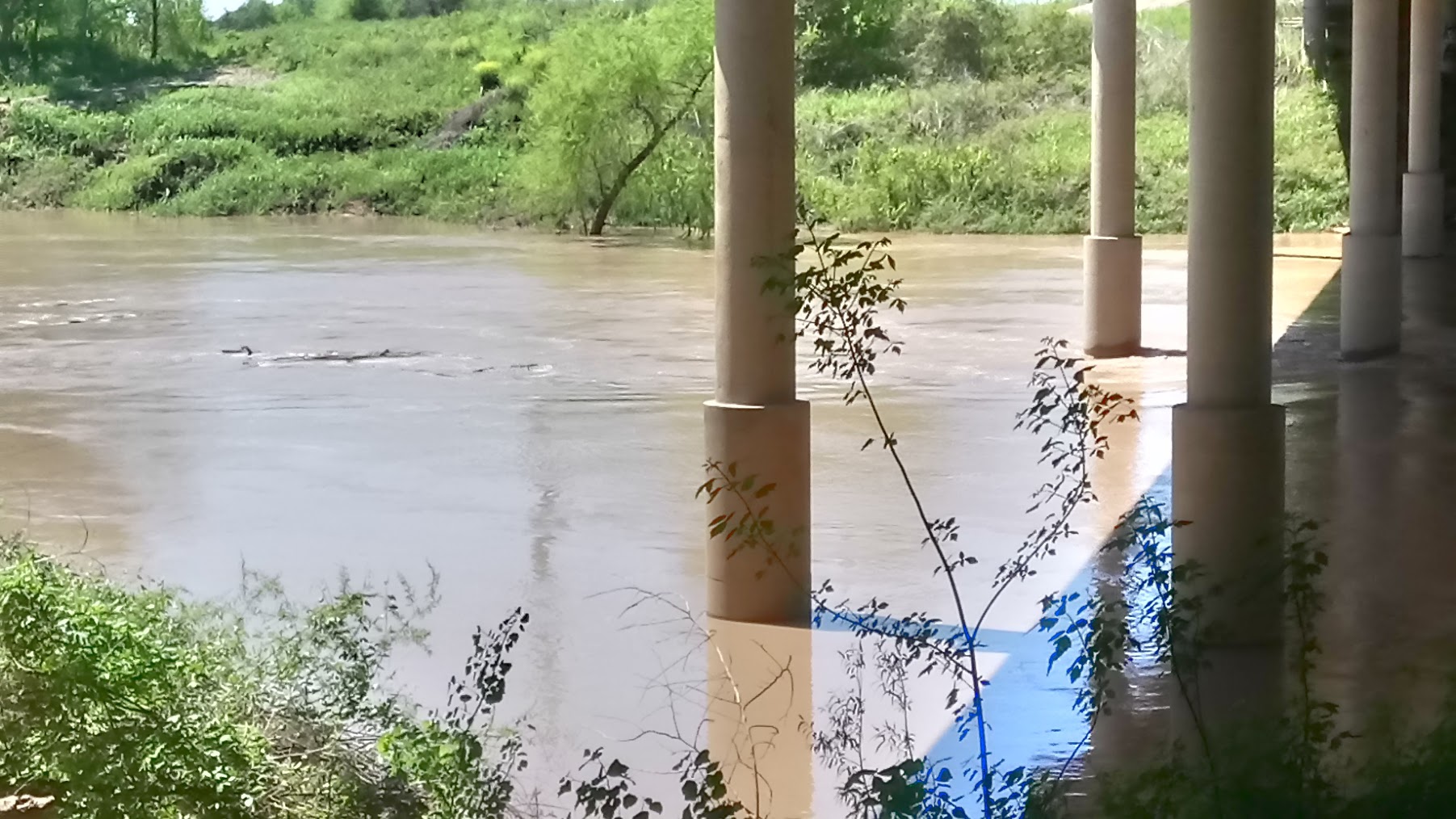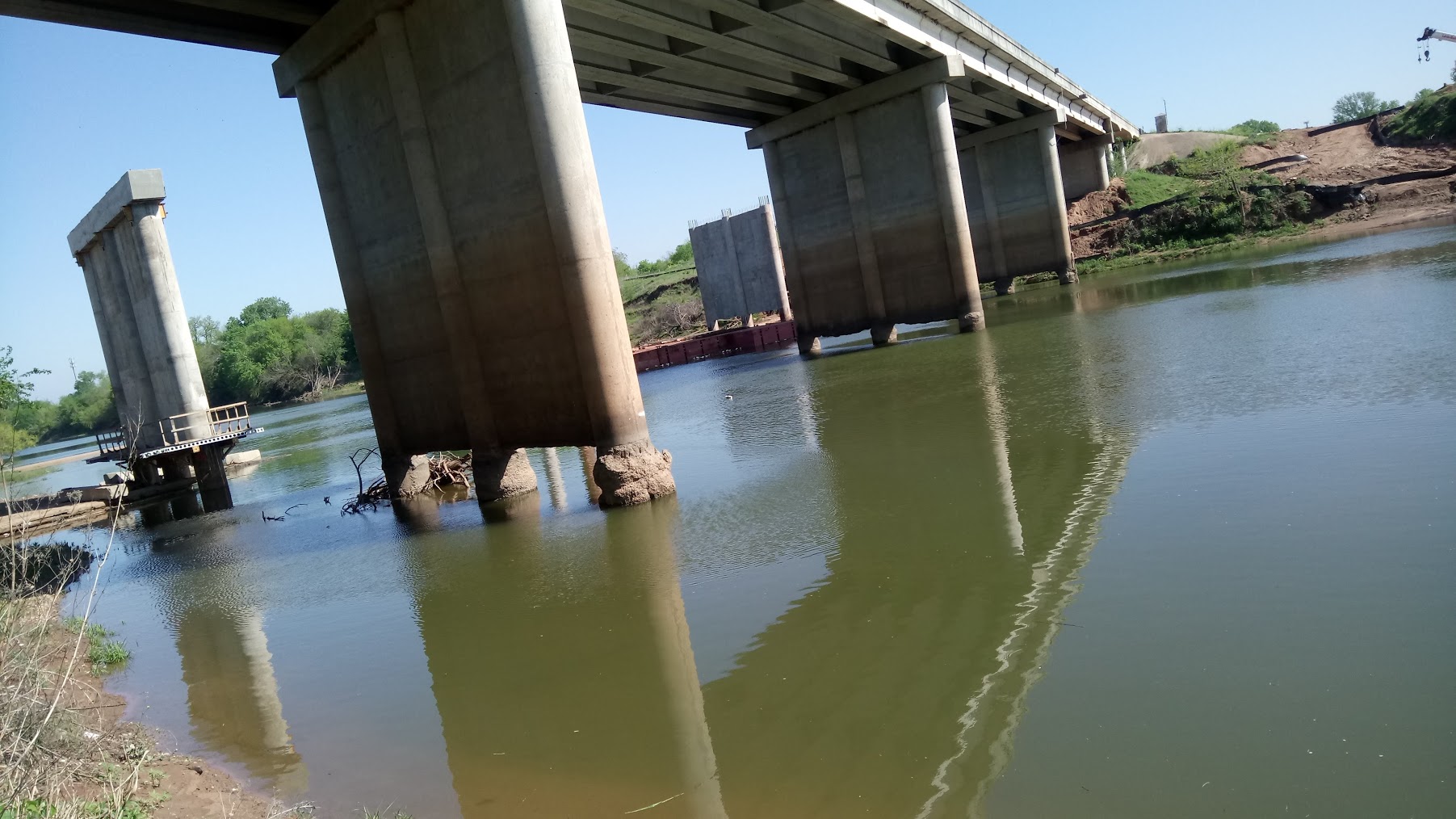Welcome to the Hydrologic Modeling Inventory Website – A one of a kind compilation of watershed, water quality, hydraulic, water allocation models and related tools used across the globe. The database is a collaborative effort between Texas A&M University and the Texas Water Resources Institute to provide basic information on a variety of hydrologic models to practitioners in the academic, governmental and private sectors.
Hydrologic modeling is at the heart of modern hydrology, supplying rich information that is vital to addressing resource planning, environmental, and social problems. Recognizing the need for a broad, comprehensive overview of the various kinds of models, we have have compiled an up-to-date inventory of several highly popular and useful models to produce this groundbreaking reference.
The models are listed under various categories on the top menu. To avoid duplication, models that fit in more than one category will be listed only once in one category. The site visitor is therefore encouraged to peruse through the different categories when looking for information about a specific model. Introductory descriptions of the different models and more links that provide detailed information are provided for each model.
The pdf link will direct the visitor to the summary sheet for each model filled and submitted by the model developer. A link to the website or contact address for the model developers is provided for extra information. Models and information on newer versions of existing models continue to be added as appropriate.
Are you a model developer? Click on the questionnaire link and guidelines for filling out the questionnaire link to download the documents. Send the filled questionnaire to kikoyo@tamu.edu or post it to either of the addresses below.
Dr. Vijay P. Singh
Caroline & William N. Lehrer Distinguished Chair in Water Engineering
Professor of Civil & Environmental Engineering
Professor of Biol. & Agricultural Engineering
Texas A &M University
Scoates Hall, 2117 TAMU
College Station, Texas 77843-2117
Office Phone: (979)-845-7028
E-mail: vsingh@tamu.edu
Duncan Kikoyo
Website Content Manager
Hydrologic Modeling Inventory Database
Texas A &M University
Scoates Hall, 2117 TAMU
College Station, Texas 77843-2117
Cell Phone: (979)-402-6662
E-mail: kikoyo@tamu.edu
Twitter: @water_models
Facebook: @watermodels

